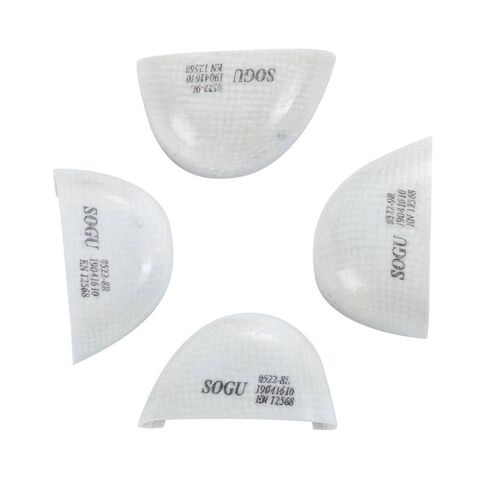Introduction to Composite Toe Inserts

In the realm of footwear safety, composite toe inserts have emerged as a versatile alternative to traditional steel toes. These inserts are designed to offer robust protection without the weight and temperature concerns associated with steel. For anyone working in industries where safety is paramount, understanding the benefits and considerations of composite toe inserts for boots is crucial.
Types of Composite Toe Inserts
Composite toe inserts are typically made from materials like fiberglass, carbon fiber, Kevlar, or a combination thereof. Unlike steel, these materials provide excellent strength while being significantly lighter. This makes them ideal for workers who need to move swiftly without compromising on safety.
When compared to steel toe inserts, composites excel in thermal insulation and are not susceptible to temperature extremes. They also offer better electrical hazard protection, making them suitable for a wider range of environments.
Advantages of Composite Toe Inserts
The primary advantage of composite toe inserts lies in their lightweight nature. Workers often find them more comfortable for extended wear periods compared to steel. Additionally, composite materials do not conduct heat or cold as much as steel, providing better insulation against extreme temperatures. This feature alone makes them appealing in both summer heat and winter cold conditions.
Composite toe inserts are also preferred in environments where metal detectors are used, as they do not set off alarms. Furthermore, they offer electrical hazard resistance, protecting wearers from dangerous electrical currents.
Choosing the Right Composite Toe Inserts
Selecting the right composite toe inserts depends on several factors, including the type of work environment and specific safety requirements. For instance, construction workers may prefer inserts that offer additional puncture resistance, while industrial settings might prioritize lightweight options that enhance mobility.
Ensuring a proper fit is crucial for comfort and effectiveness. Most manufacturers provide sizing guides to help consumers find the right fit for their boots. It's advisable to try on boots with inserts before purchase to ensure they meet personal comfort and safety standards.
Installation of Composite Toe Inserts
Installing composite toe inserts can be done either independently or with professional assistance. Many inserts come with straightforward installation instructions that allow users to customize their footwear without specialized tools. For those unfamiliar with the process, consulting with a professional ensures proper fit and functionality.
Maintenance and Care Tips
To prolong the lifespan of composite toe inserts, regular maintenance is essential. Cleaning them with mild soap and water helps remove dirt and debris that can compromise their integrity. Inspecting inserts regularly for signs of wear, such as cracks or deformities, ensures continued safety and performance.
Cost Considerations
While initial costs for composite toe inserts may be higher than their steel counterparts, the long-term benefits often outweigh the investment. Reduced weight and increased comfort can lead to higher productivity and fewer workplace injuries. Additionally, many employers provide allowances or reimbursements for safety gear, making the switch financially viable for workers.
Safety Standards and Regulations
Composite toe inserts adhere to stringent safety standards set by organizations like ASTM International. These standards ensure that products meet minimum requirements for impact resistance and compression, guaranteeing protection in hazardous environments. When purchasing inserts, look for certification labels indicating compliance with relevant safety regulations.
User Reviews and Feedback
Feedback from users highlights the positive experiences with composite toe inserts. Many appreciate the lightweight feel and comfort, especially during long shifts. Reviews also emphasize the effectiveness of these inserts in diverse work environments, from construction sites to warehouses.
Common Myths About Composite Toe Inserts
One common misconception is that composite toe inserts are less durable than steel. In reality, modern composite materials offer comparable strength and longevity, often outperforming steel in certain conditions. Another myth is that composite inserts are less safe, which is untrue given their compliance with rigorous safety standards.
Future Trends in Composite Toe Technology
As technology advances, so does the evolution of composite toe materials. Innovations in nanotechnology and advanced polymers promise even lighter yet stronger inserts in the future. These advancements aim to further enhance workplace safety standards while addressing specific industry needs. For more corrugated aluminum sheet metal
Case Studies
Numerous case studies showcase the efficacy of composite toe inserts in real-world scenarios. Industries that have adopted these inserts report fewer foot injuries and improved worker satisfaction. From construction workers to warehouse personnel, composite toe technology continues to make strides in occupational safety.
Conclusion
In conclusion, composite toe inserts represent a significant advancement in footwear safety technology. Their lightweight yet durable construction makes them an ideal choice for workers across various industries. By prioritizing comfort and safety, these inserts continue to redefine workplace standards, ensuring protection without compromise.


 留言列表
留言列表


